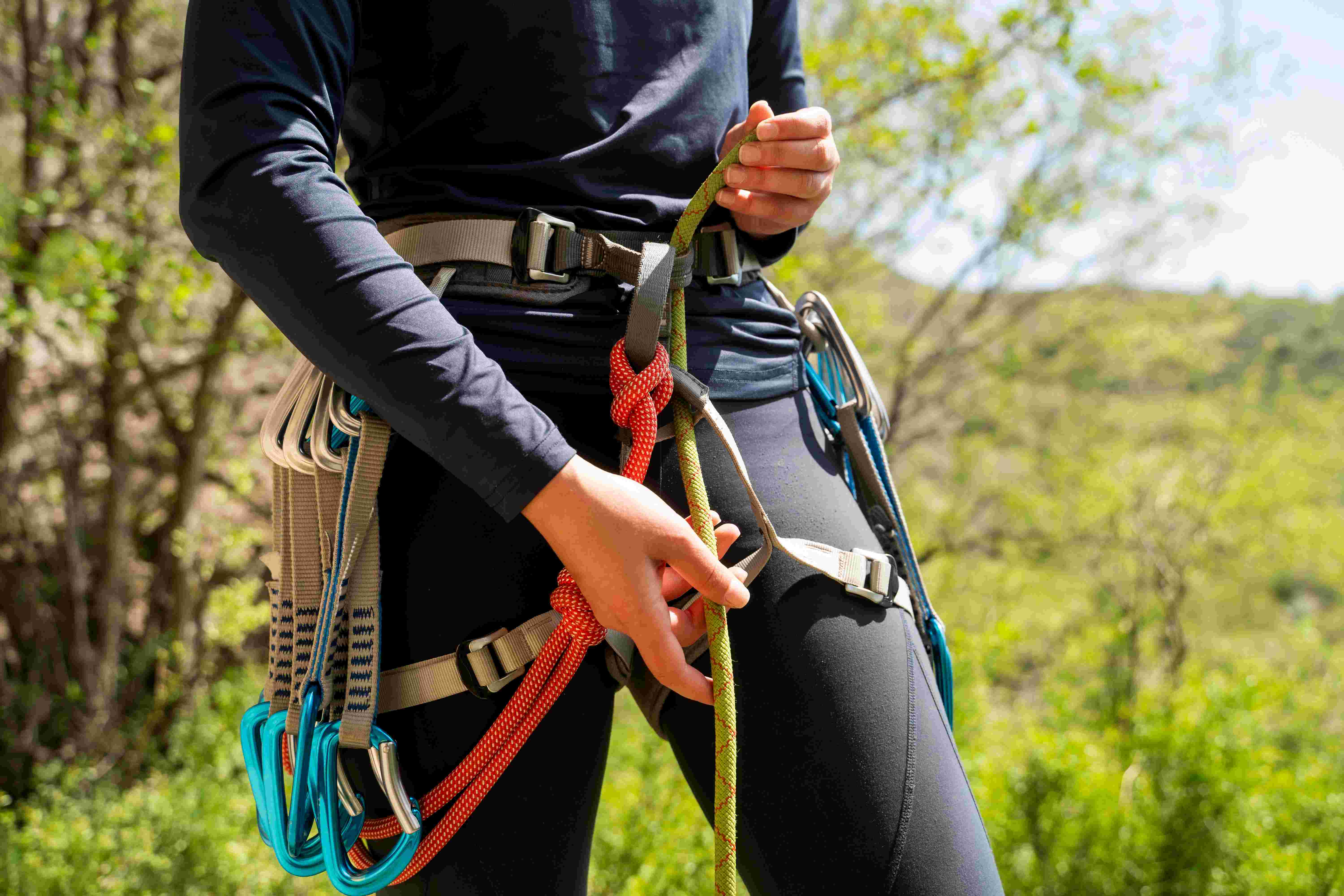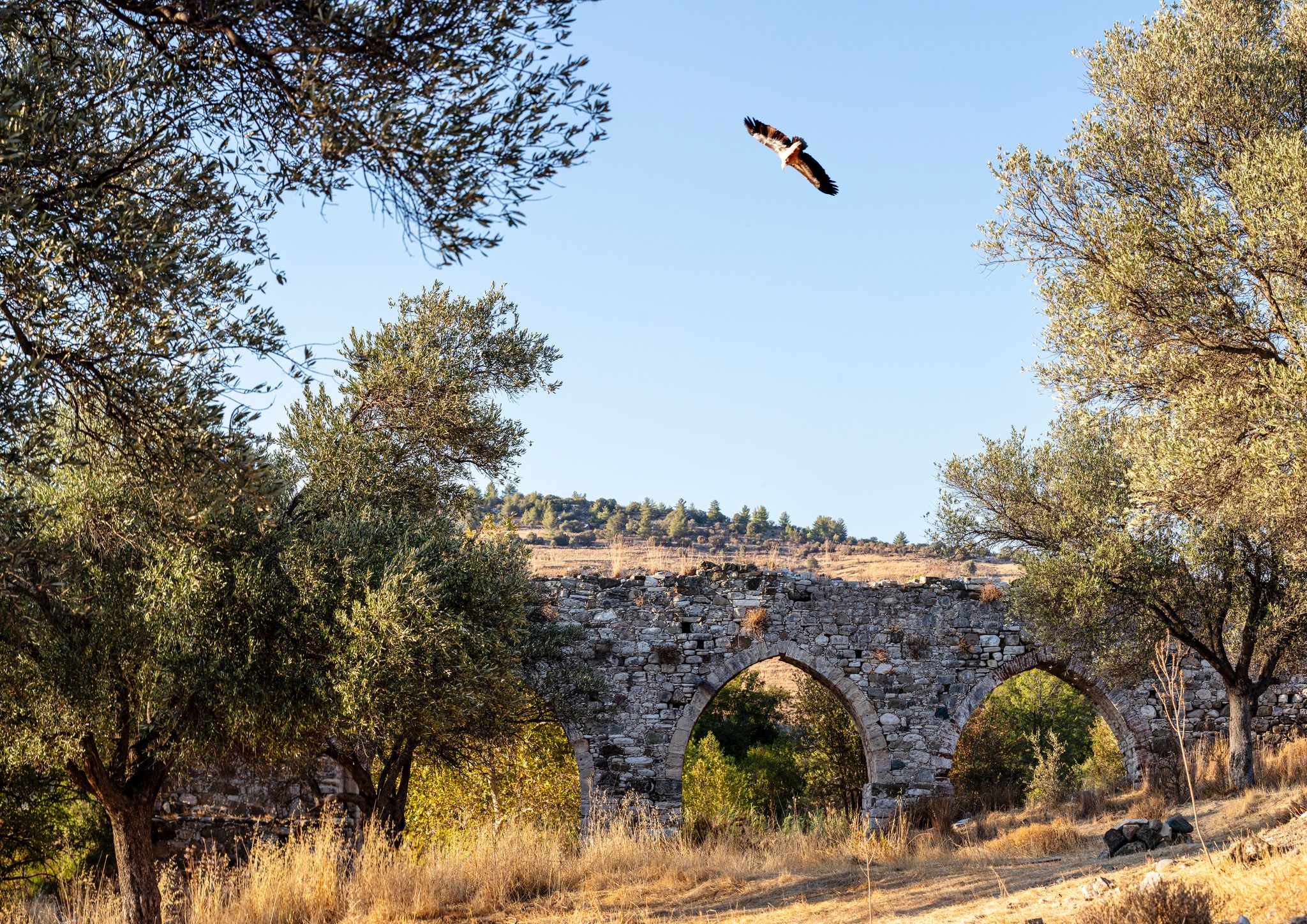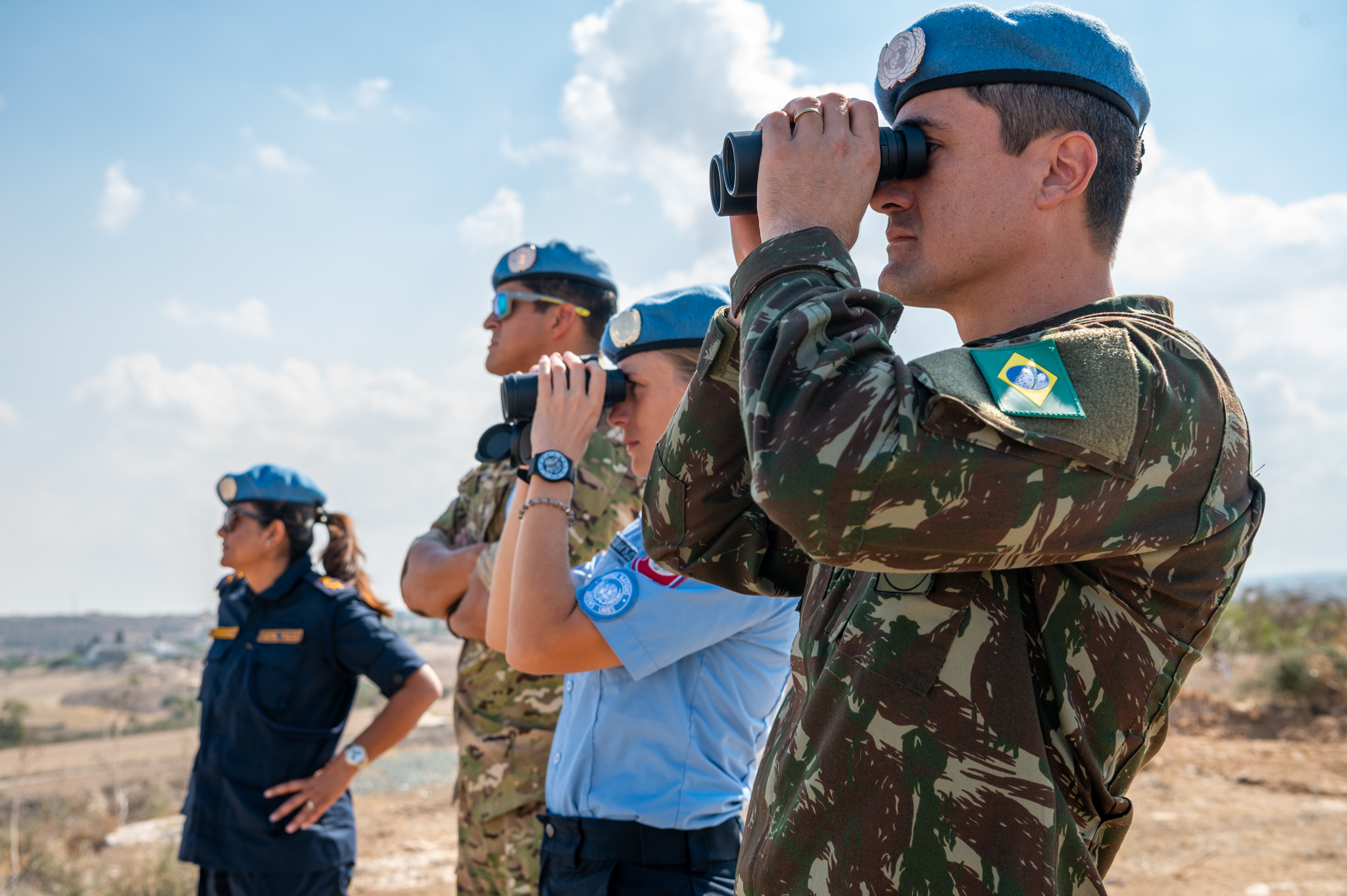Climbing isn’t just about strength or skill. What you wear plays a big role in how well you move, how safe you feel, and how much you enjoy the climb. The right gear keeps you warm when it’s freezing, cool when the sun beats down, and focused when the route gets hard. If you’re putting together your kit, here are ten essential apparel pieces you shouldn’t skip.
1. Moisture-wicking base layers
When you’re sweating through long climbs, a good base layer keeps you dry and comfortable. Look for climbing shirts made of lightweight fabrics that regulate body temperature and move sweat away from your skin. Some adventure apparel labels like Gravity Goats offer graphic tees with humor and motivation built into functional climbing gear.
For eco-conscious climbers, options made with organic cotton or recycled nylon add sustainability without sacrificing comfort.
2. Insulating mid-layers
Temperatures can drop fast once you’re higher up. An insulating mid-layer helps trap heat without weighing you down.
Down jackets are great for cold, dry days because they pack small and feel light. Synthetic insulation, on the other hand, holds warmth even when wet, making it more versatile in unpredictable conditions. Many pro climbers carry both options so they can adapt quickly and maintain endurance on demanding routes.
3. Weatherproof outer shell
Rain, wind, and snow can turn a climb miserable if you’re not prepared. A weatherproof shell acts as your shield. Look for climbing jackets that are waterproof and breathable so you stay dry without overheating. Features like pit zips, adjustable hoods, and longer hems work well with a harness and keep you comfortable on long routes.
If you’re carrying a pack, small details make a big difference. Flat seams and reinforced shoulders prevent rubbing, while high-set pockets stay usable under straps. Lightweight but durable materials give you reliable weather protection without adding unnecessary bulk.
4. Climbing pants
Your pants take a beating from rocks, ropes, and constant bending. Choose ones that offer durable fabrics and stretch, so you can move freely without ripping seams. Reinforced knees and seat areas add longevity, while breathable materials prevent overheating.
Strong product quality makes the difference here, giving you pants that stay comfortable while standing up to repeated use.

5. Gloves
Your hands need protection from more than just the cold. Gloves prevent rope burns, scrapes, and cuts while also keeping your fingers nimble.
For warm conditions, thin, breathable gloves work best. In cold or icy climbs, insulated gloves that still allow dexterity are essential. Some climbers carry two pairs: one for handling ropes and another for extreme weather.
Alongside gloves, small climbing accessories like tape, mitts, and climbing chalk can improve grip and comfort.
6. Headwear
Heat escapes quickly through your head, so packing the right headwear matters. A chunky beanie helps when temperatures drop, while caps or visors block harsh sun at lower altitudes. Make sure whatever you choose works comfortably under your helmet. The right headwear keeps your head warm so you can focus on your route instead of the cold.
7. Climbing footwear
Your shoes are the link between you and the rock. A good fit is critical. Too loose, and you lose grip; too tight, and you’ll be in pain before you’re halfway up. Rock climbing shoes should feel snug, while approach shoes help you hike comfortably to the base.
The right footwear supports climbing performance by improving precision and balance. That solid foundation keeps you confident whether you’re tackling quick bouldering sessions, structured indoor gym climbs, or rugged outdoor crags.
8. Technical socks
It’s easy to overlook socks, but they play a big role in preventing blisters and regulating temperature. Technical climbing socks use quick-drying, breathable materials that cushion pressure points. For cold-weather climbs, layering them with thin liners adds warmth without bulk.
Quality socks keep your feet healthy so you can stay comfortable on long routes and steady during tough pitches.
9. Sunglasses or goggles
At higher elevations, sunlight reflects off rock, snow, and ice, creating intense glare that strains your eyes. Sunglasses with UV protection block harmful rays, while polarized lenses cut reflection for clearer vision.
In snowy or icy conditions, goggles provide full coverage, shielding against snow blindness and harsh wind. Protecting your eyes in these ways helps you read terrain more accurately and move with steady control.
Parting Words
Every climb challenges both your body and your clothing. The right apparel works with you, shielding you from the elements while letting you move freely. From base layers that manage sweat to headwear that locks in warmth, each item earns its place.
When you build your kit with intention, you reduce distractions and gain confidence on the wall. Smart clothing choices turn tough ascents into experiences you’ll look forward to again and again.
DISCLAIMER – “Views Expressed Disclaimer – The information provided in this content is intended for general informational purposes only and should not be considered financial, investment, legal, tax, or health advice, nor relied upon as a substitute for professional guidance tailored to your personal circumstances. The opinions expressed are solely those of the author and do not necessarily represent the views of any other individual, organization, agency, employer, or company, including NEO CYMED PUBLISHING LIMITED (operating under the name Cyprus-Mail).







Click here to change your cookie preferences